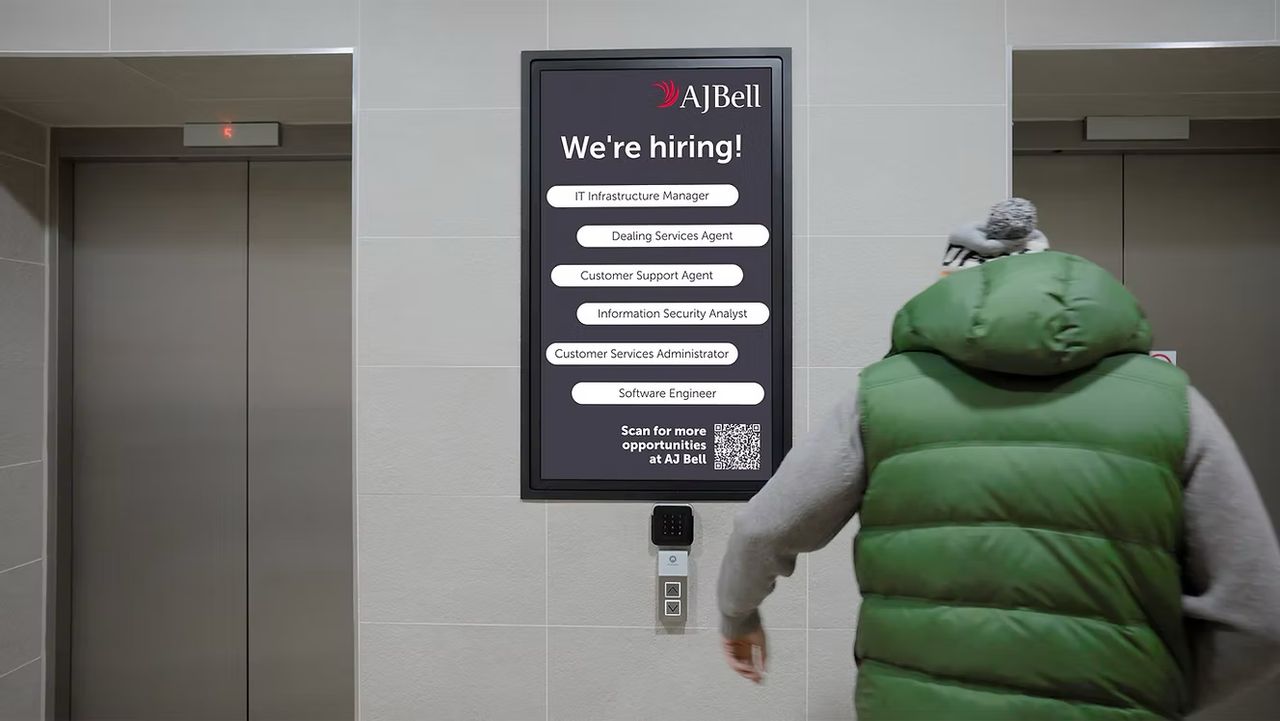Is dialogue really necessary to tell a powerful story? Recently, I experienced a short film that won an Oscar for its animation, and the most striking thing was the absence of any spoken words. Instead, the filmmakers relied on color and stunning visuals to evoke emotion and convey their message.
It got me thinking—how often do we underestimate the power of the visual medium? The film’s vibrant imagery painted a narrative that resonated deeply without a single line of dialogue. It challenges us to rethink storytelling and consider how we might use non-verbal elements in our own projects.
What are your thoughts? Can visuals alone carry the weight of a compelling story, or is dialogue essential? Let’s discuss!
#Animation #UnrealEngine #Filmmaking #Storytelling #OscarWinning
It got me thinking—how often do we underestimate the power of the visual medium? The film’s vibrant imagery painted a narrative that resonated deeply without a single line of dialogue. It challenges us to rethink storytelling and consider how we might use non-verbal elements in our own projects.
What are your thoughts? Can visuals alone carry the weight of a compelling story, or is dialogue essential? Let’s discuss!
#Animation #UnrealEngine #Filmmaking #Storytelling #OscarWinning
Is dialogue really necessary to tell a powerful story? Recently, I experienced a short film that won an Oscar for its animation, and the most striking thing was the absence of any spoken words. Instead, the filmmakers relied on color and stunning visuals to evoke emotion and convey their message.
It got me thinking—how often do we underestimate the power of the visual medium? The film’s vibrant imagery painted a narrative that resonated deeply without a single line of dialogue. It challenges us to rethink storytelling and consider how we might use non-verbal elements in our own projects.
What are your thoughts? Can visuals alone carry the weight of a compelling story, or is dialogue essential? Let’s discuss!
#Animation #UnrealEngine #Filmmaking #Storytelling #OscarWinning
0 Kommentare
·0 Geteilt







